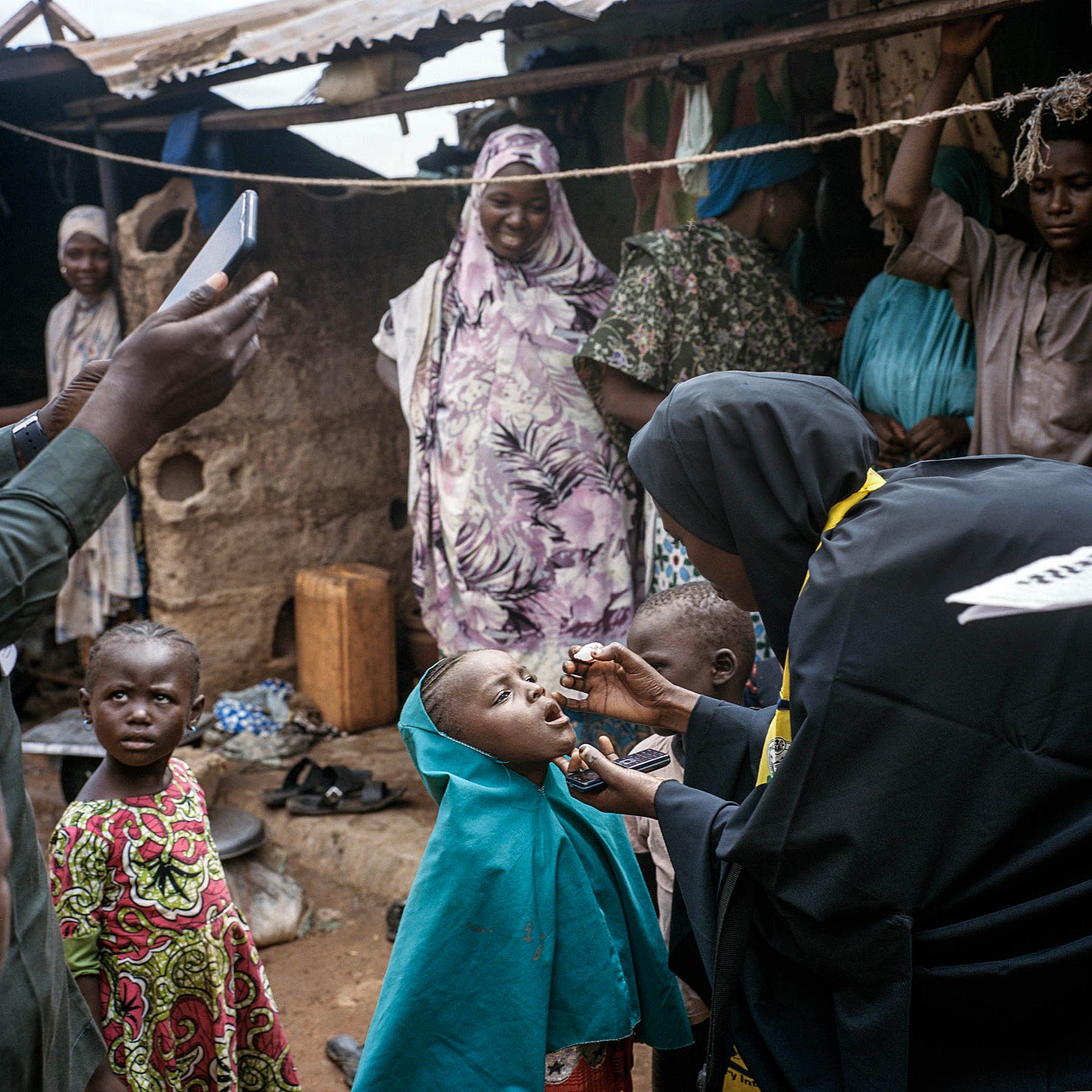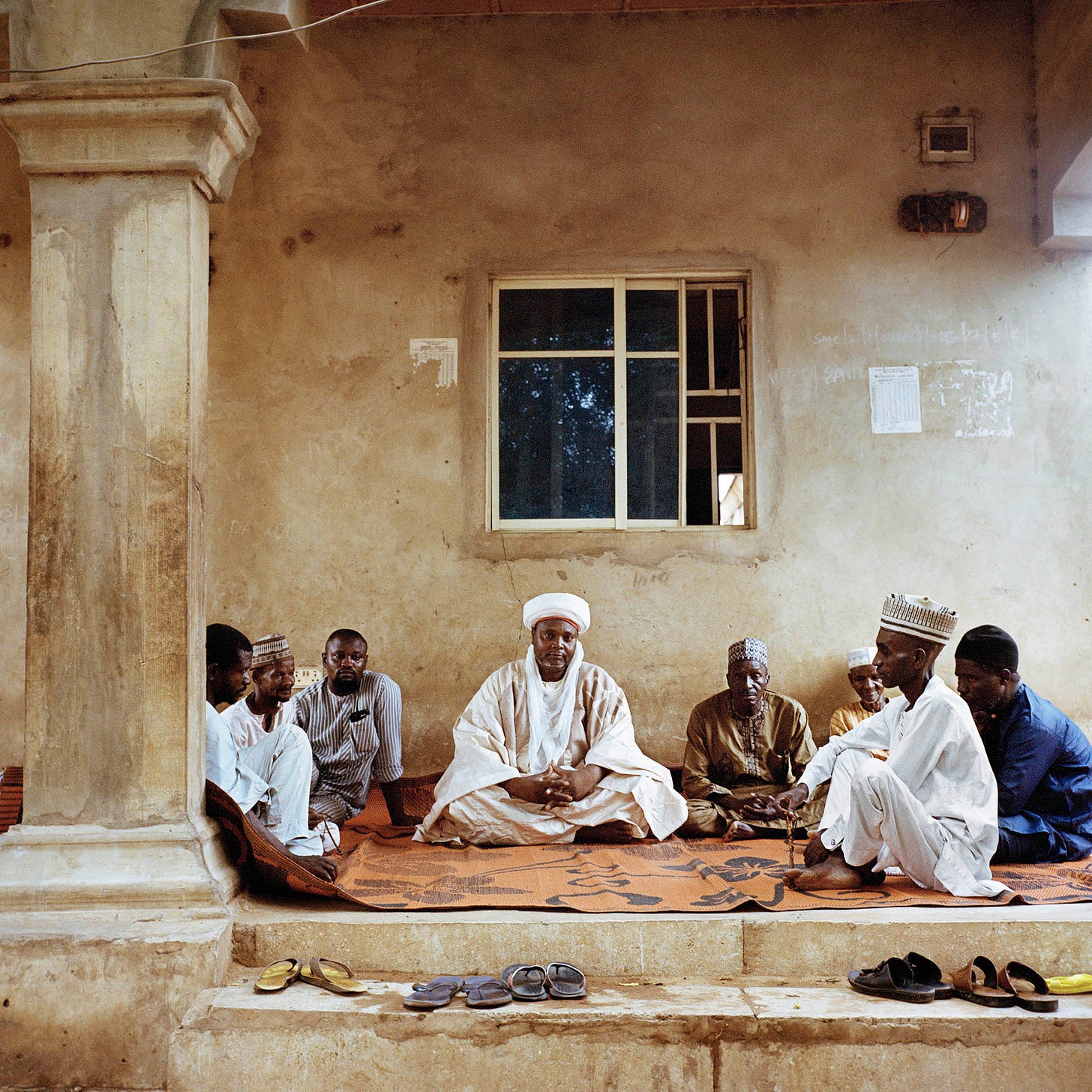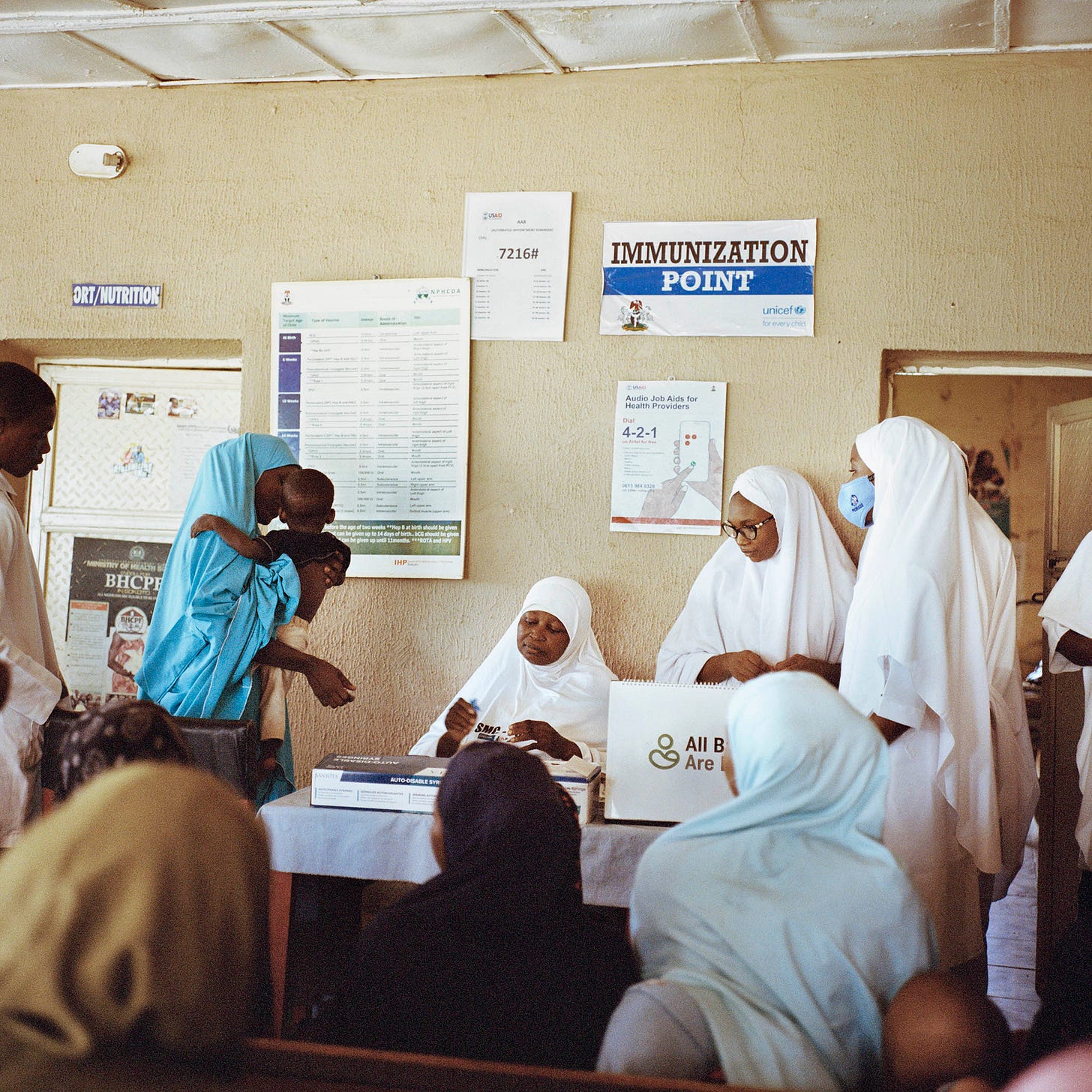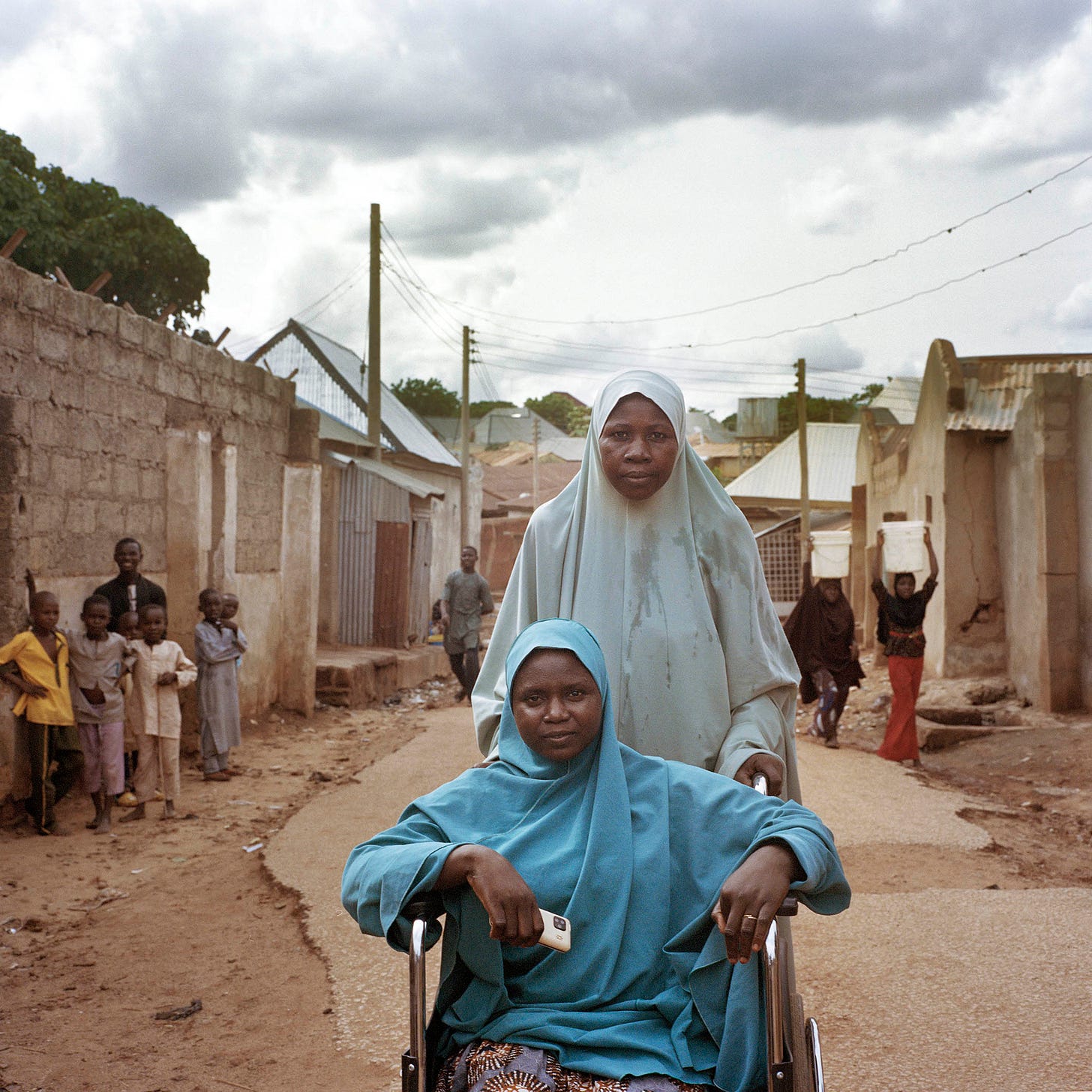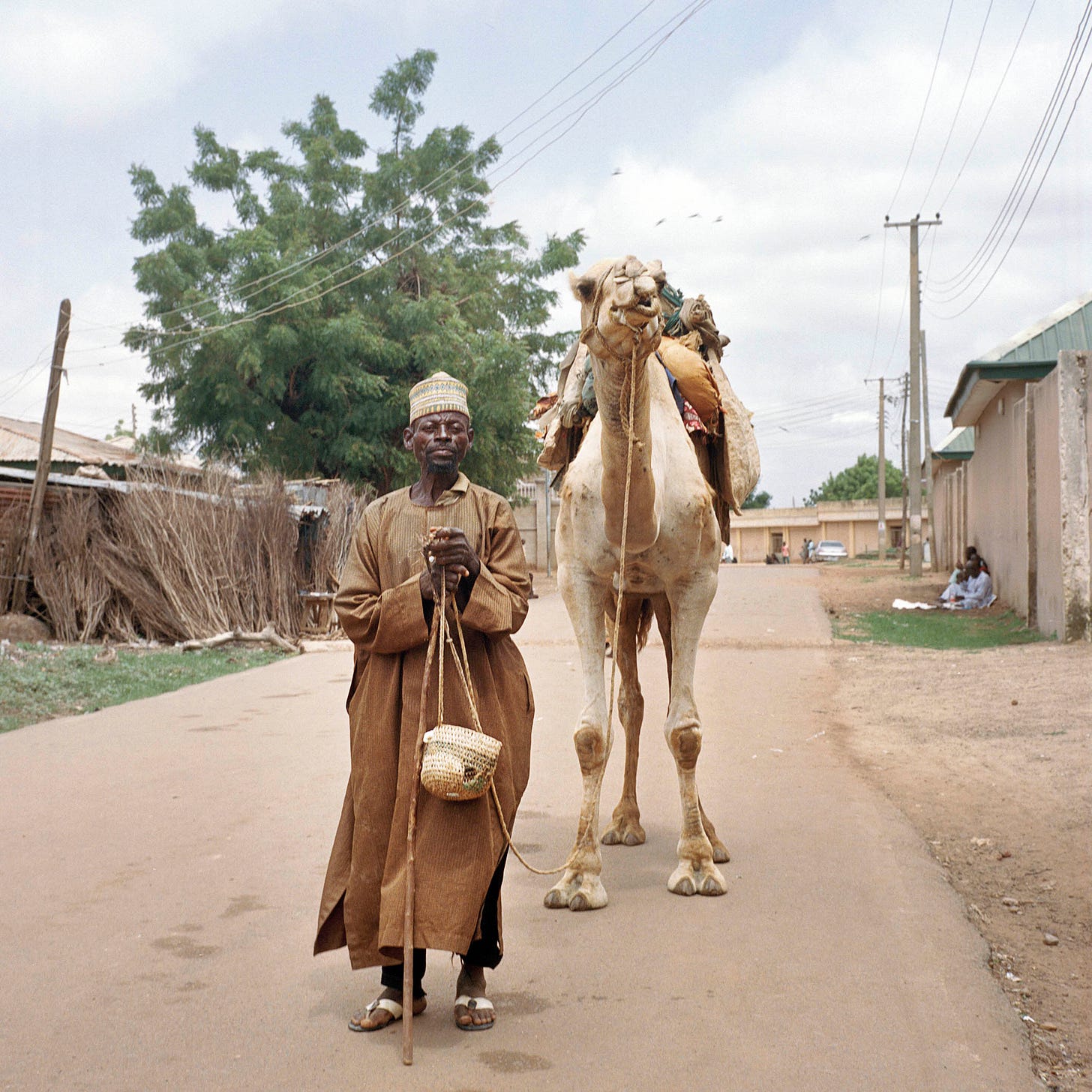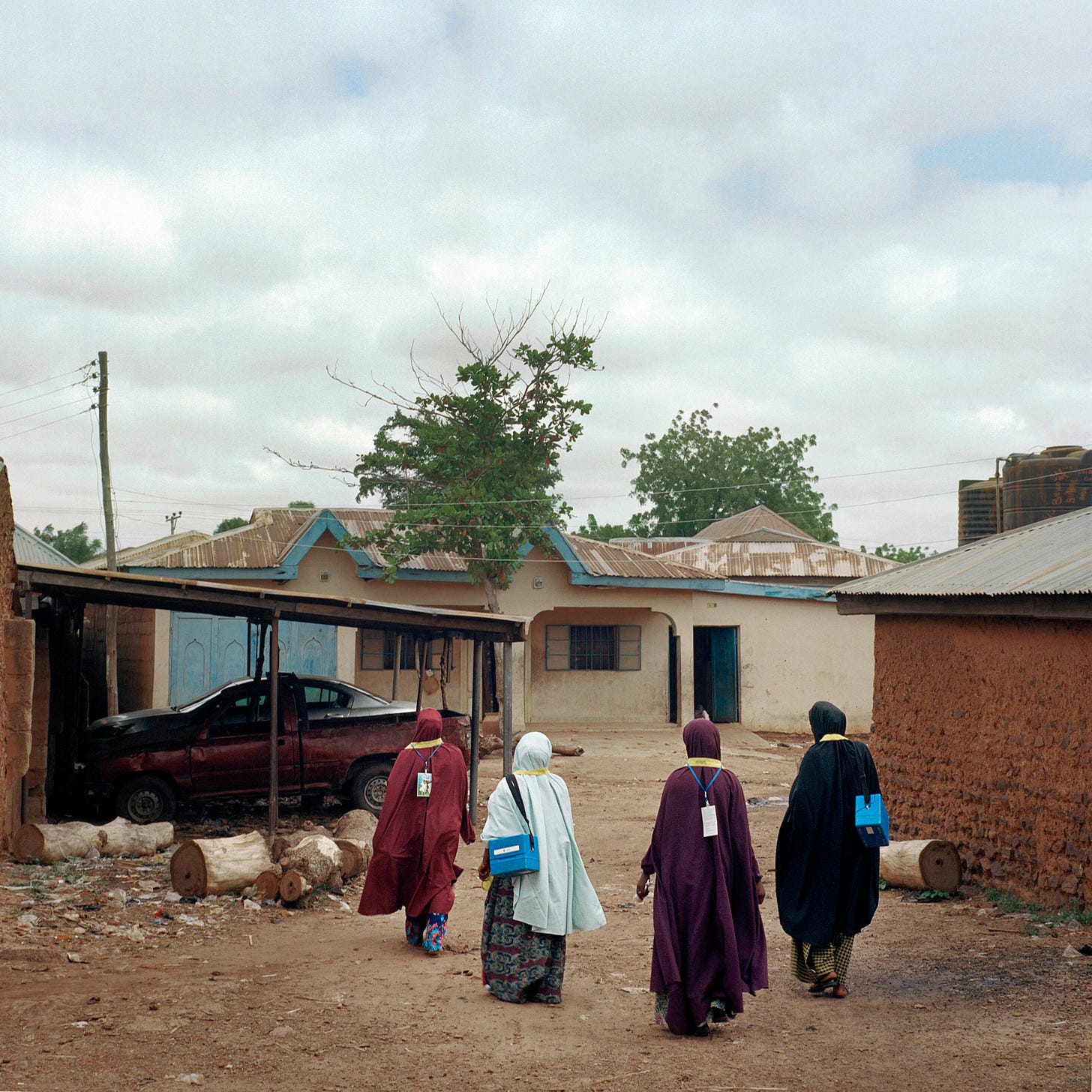Photo Essay: On the vaccine frontline in Nigeria
Much of the world has moved past polio, but the vaccine-derived poliovirus type 2 strain is still circulating in northern Nigeria
Words and photos: Sara Hylton
The grey clouds gathering overhead cast a shadow over the dry, hot day in Dange Shuni, a small village in northwest Nigeria’s Sokoto State.
Ummu Nasiru, a 24-year-old Nigerian woman, tosses a small blue lunchbox over her shoulder and leads her three colleagues toward a household. The four young women share an unusual – even defiant – role in their community. Going door to door, they vaccinate children younger than five against polio, a deadly but preventable disease. The blue box holds the life-saving vaccine, which must remain chilled.
Much of the world has moved past polio, but the vaccine-derived poliovirus type 2 (cVDPV2) strain is still circulating in northern Nigeria. Last year, 46% of global cVDPV2 cases were reported in Nigeria, says the World Health Organisation (WHO). Vaccine hesitancy obstructs vaccination efforts and now the WHO has lost its largest donor, the United States. Despite these obstacles, women like Nasiru remain at the vaccination forefront, working for 8,000 naira (about $5) a month.
Women are indispensable to the fight because, although patriarchal norms limit their mobility in northern Nigeria, these same norms allow them to enter homes that men cannot.
